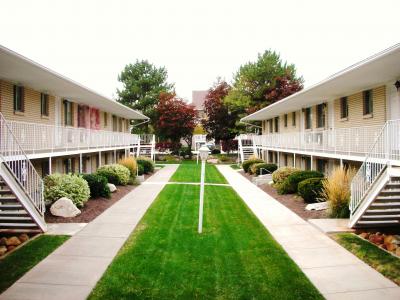Consumers’ Positive Financial Attitudes a Good Sign for Housing
Consumer optimism toward the housing market gained some momentum last month following a dip in December, likely getting a boost from their increasingly positive financial outlook, according to results from Fannie Mae's January 2015 National Housing Survey™. The share of respondents who said their household income is significantly higher than it was 12 months ago rose 4 percentage points to 29 percent, and the share expecting their personal financial situation to improve over the next year increased to 48 percent – both all-time survey highs. After dropping in December, the share who said it is a good time to buy a home increased 3 percentage points to 67 percent, and the share saying they would buy rather than rent if they were to move jumped 5 percentage points to 66 percent, marking the first increase since September 2014.
"Consumers are as positive about their personal finances at the start of 2015 as they have been since we launched the National Housing Survey in 2010, and this optimism seems to be spilling over into housing market attitudes," said Doug Duncan, senior vice president and chief economist at Fannie Mae.


"Consumers are more optimistic about the environment both for buying and for selling a home today, and the share who plan to own on their next move has jumped back up, reversing a three-month trend toward renting. These results are in line with lender optimism about future growth in their mortgage origination business, as shown in our Mortgage Lender Sentiment Survey™. Overall, these are good signs to start off 2015 and are consistent with our expectation that strengthening employment and economic activity will boost the speed of the housing recovery."
Your Local Source for Real Estate News
Please visit us again for more valuable updates on the current state of the national housing market and how they can affect you as buyers and sellers.
We pride ourselves on offering you relevant and reliable information that will help you make the best real estate decision possible for you and your family!


